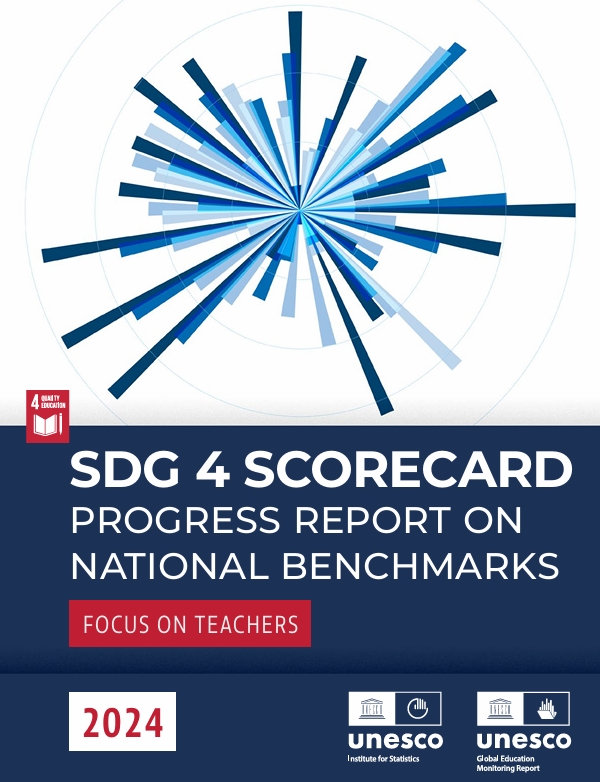This is a Standard(Grade) 1 Telugu literacy textbook used in the state of Telangana, India. Children by the end of Grade 1 are expected to fluently read this text with comprehension. However, a literacy assessment conducted by the Center for Sustainable Development in Medak District of Telangana in 2017 found that this expectation was far from reality. Table 1 below shows the results of the assessment for 10 schools.
| Accuracy % | ||||
| Grades | words | syllables | letters | |
| 1 | 25.4 | 22.5 | 36.6 | |
| 2 | 11.1 | 24.5 | 41.9 | |
| 3 | 22.4 | 43.9 | 49.1 | |
| Total | 20.0 | 29.3 | 41.9 | |
The assessment showed that at the end of Grade 1, children could read just 25% of the words correctly. They could read 36% of the letters correctly.
Going back to the picture above, we see that what the children are expected to read is very different from what they can actually read. 100% of the children should be able to read 100% of the words. They are expected to read connected text and should be able to comprehend what they read. The theory that such a…






